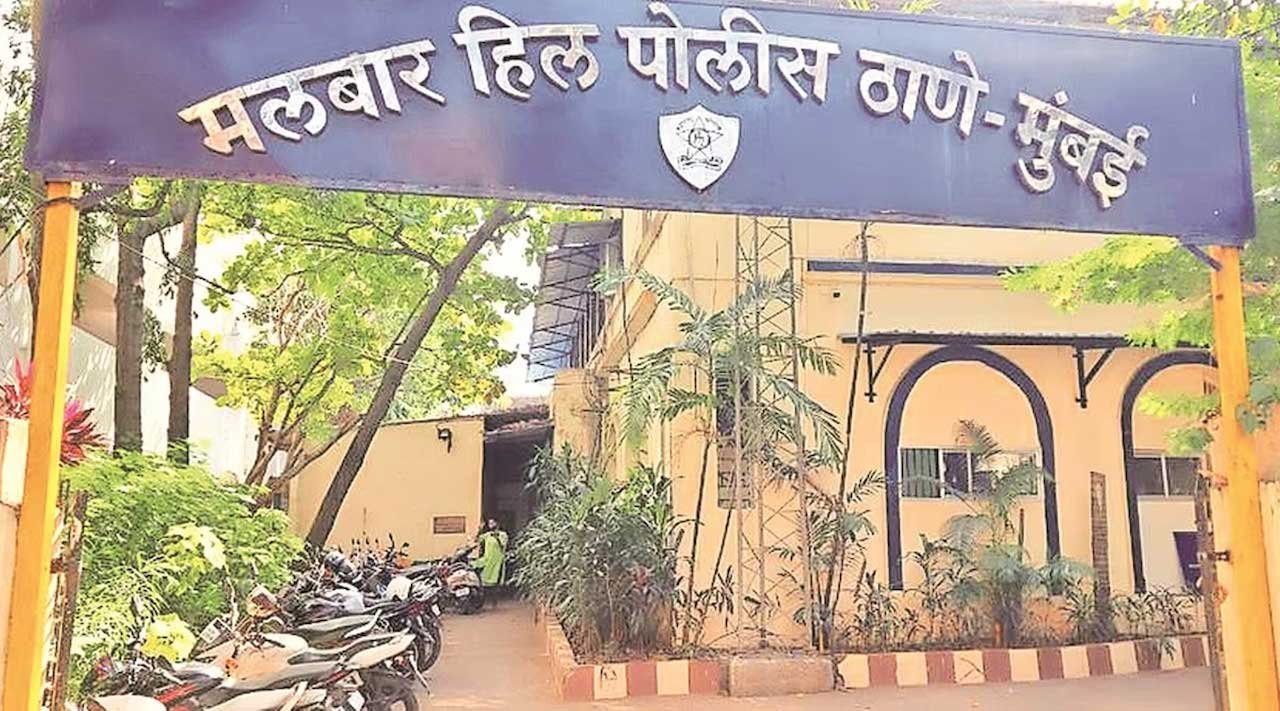
In March 2006, a partly decomposed body was found in the high-security zone of Raj Bhavan. This was the semi-nude body of a youngster. There were huge slums in the adjoining areas, which also added to the security concerns for the police. While watering the plants, Mali (the gardener) noticed this body and informed the constable on duty at Raj Bhavan. On March 6, 2006, around 8 am, State Reserve Police constable Sarjerao Patil called constable Dattatraya Lad, who was on duty at the lower gate of Raj Bhavan and showed him a “bundle-like” object in the sea. It was a body with an ‘OM’ tattoo on its head. The police retrieved the body and a complaint was registered. The body was mutilated and enfolded in a blood-stained bed sheet and plastic paper. The body was identified and the police had the names of the suspects but the accused could not be traced. With the probe hitting a dead end, the case turned cold—until a tip-off 13 years later.
The Malabar Hill police then went through the missing persons’ list in those days. They were trying to seek all the information from other police stations along Mumbai’s coast to identify the victim. They also released details of the body and a photograph in the media. The media published the news in local newspapers and soon after, two men came up to the police and identified the body as that of their brother-in-law, Ransingh, alias Karan Singh Valmiki. The people who approached the police station were his relatives. The police started probing the relatives and friends.
During the initial probe, Ransingh’s brothers-in-law said they suspected Satpal alias Chhanga Valmiki and his brothers, leading the police to visit their native places. However, they failed to locate the accused, and with no further leads coming up, after three years of investigation, the police filed a closure report. The magistrate accepted the report and the case got buried in the files. See how sometimes we shut something down and the solution comes up randomly? Thirteen years later, in October 2019, the police were issuing non-bailable warrants and summoning known criminals to detain or extern them ahead of the Assembly elections when they got a lead that the accused in the 2006 case had become overoptimistic, were regularly visiting their native places and that one of them had arrived in Faridabad, Haryana, with his wife.
A special team of officials was immediately posted. They arrested Satpal from Krishna Colony in Faridabad and he gave them co-accused Tejpal, alias Babaji’s, address in Malviya Nagar, Delhi. The duo was booked on charges of murder, common intention, and destruction of evidence under the Indian Penal Code. During the investigation, the police came to know that there was a fight between the deceased, Satpal, Tejpal, and their three brothers, who were staying in Mumbai, as they refused to return the money he had lent them. Satpal was financially well-off and others just arrived in Mumbai to make their living. Ransingh, who took money from Satpal, was impolite. As a result, Satpal lost his calm and killed Ransingh.
Tejpal and Satpal not only killed Ransingh but chopped and dumped his body in the sea and fled Mumbai. After this murder, the accused went on hibernation. For a few years, the police tried their level best to trace these two people but they were not traceable. When the case got closed, they both became careless and started visiting their village frequently. That’s how the police got the lead and both the accused were arrested and kept in Mumbai jail.
From Malabar Hill to Cuffe Parade, there is a huge slum. These slums are spread over 28 acres, with more than 70,000 residents staying here. Most of them are from northern India. These huts are on encroached lands. These poor slum dwellers stay in one of the plush localities of Mumbai, which is Malabar Hill. They might have lived in poor living conditions for many years but the SRA projects offered them better living conditions. Daily fights, conflicts, and illegal activities are common here. The marginal population is Maharashtrian, but most of the other population is from other states of India. Most criminal cases go untraced because the accused fled to their native This overpopulated slum is full of criminal activities and challenges the Mumbai police.

